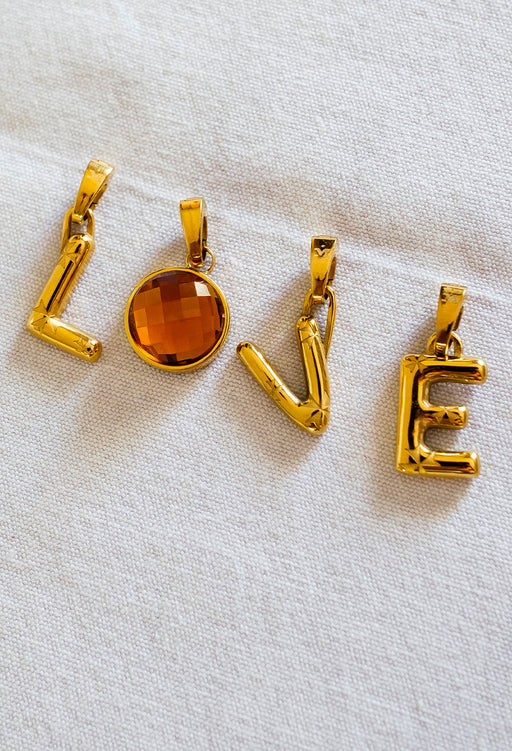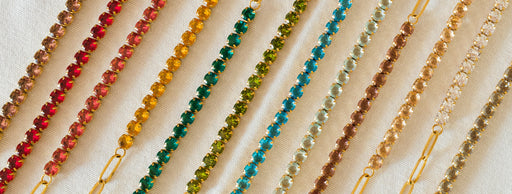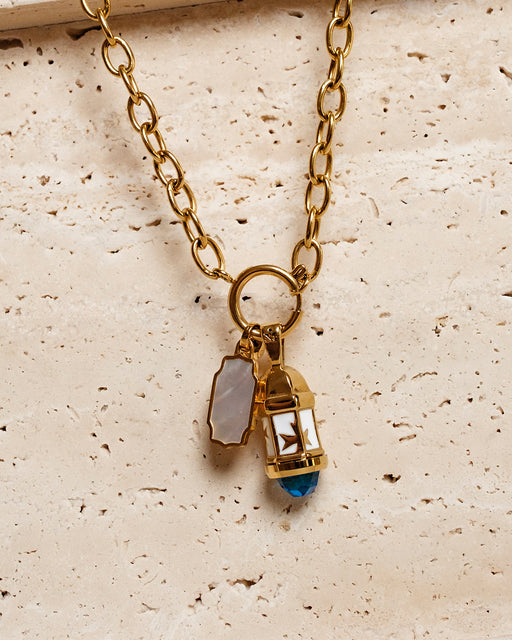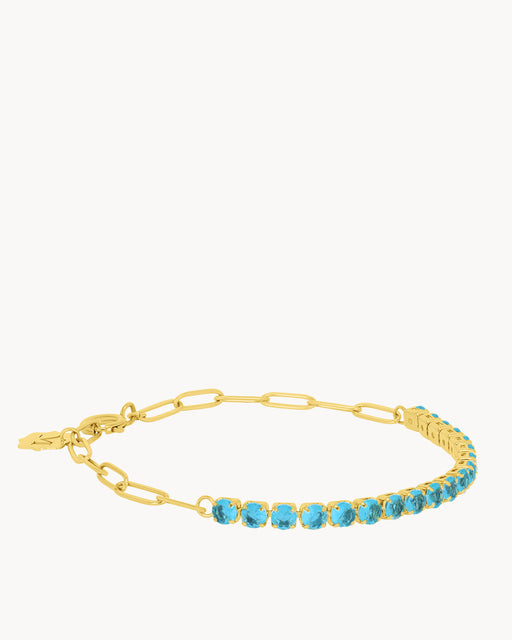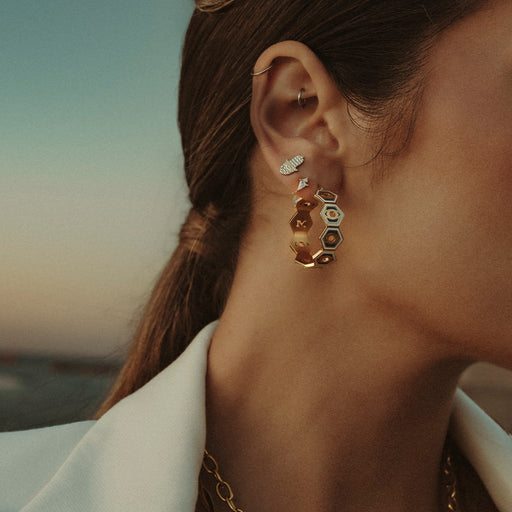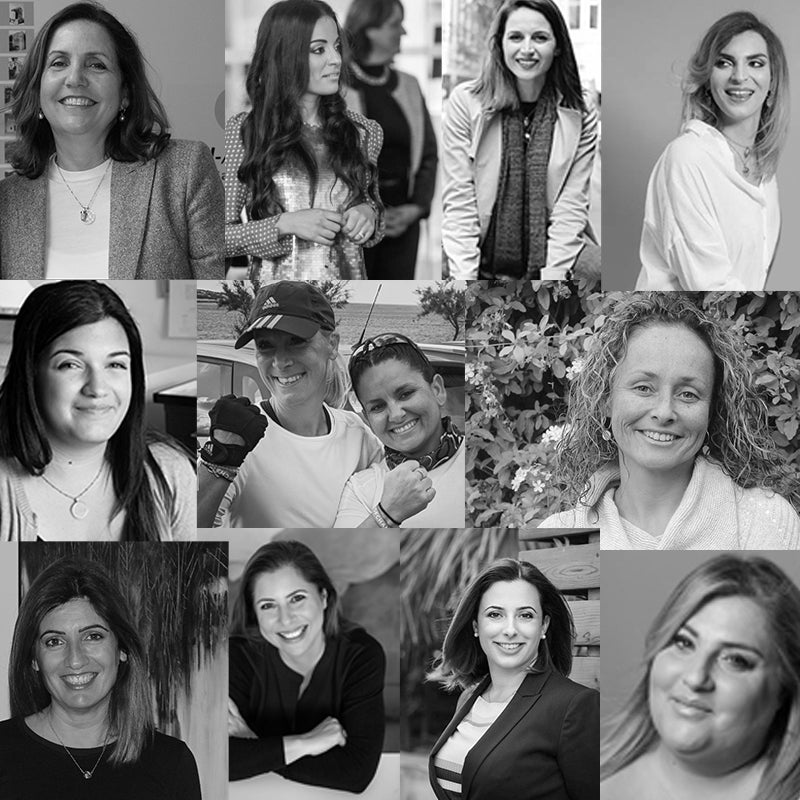Maria Grazia Cassar talks us through her role at Din l-Art Helwa and why it's important to safeguard our Maltese identity.
Here at Mvintage, we have always been proud of our rich heritage and have held our roots close to our hearts. Our latest Spring Summer 2019 collection, Re-Discoveries amalgamates the classical with the contemporary to echo nostalgia and to celebrate our local unique traditions and mesmersing landscape. Never trampling on the past, our collection brings to life and honours traditional relics – the Maltese tiles, bizzilla and colourful glass used in windows and the antiporta.
There’s not a more fitting person that can speak to us about preserving Malta’s heritage than Maria Grazia Cassar, Din l-Art Helwa’s outgoing president. Founded in 1965, Din l-Art Helwa is a group of like-minded people that felt that since Malta had gained independence, the next step was to do something tangible about protecting and preserving the country’s natural and historical patrimony.
Maria Grazia Cassar has been involved with Din l-Art Helwa for thirteen years and has contributed to various projects ever since her involvement with the organisation.
1. Tell us more about your work with Din l-Art Helwa?
I started on the Heritage and Environment Protection Committee, which basically is responsible for reacting to undesirable projects and applications which are proposed to the planning authority, as well as carrying out campaigns and taking positions on environmental and planning issues.
I was also involved in several restoration projects in the past, such as the Delimara lighthouse and the restoration of the frescoes at Bir Miftuh. I am currently involved, together with a team of fellow Council members, in projects which the DLH (Din l-Art Helwa) is carrying out at the moment. An interesting and unique project is the regeneration of the landscape around the Torri ta’ Xutu at Wied iz-Zurrieq, and the restoration of The White Tower in l-Ahrax tal-Mellieha which will be equipped with two dormitories for overnight stays for groups.
I must stress on the fact that the wonderful thing about Din l-Art Helwa is that there is a real sense of team spirit, and one lends a hand where it is needed, so one tends to get involved in most of the events and activities organised. When I was Executive President, this was also very much the case and I felt that it was also important to keep close contact with the various sites under our care and to communicate with the wardens and the volunteers who look after them.

2. Is it a career that you always wanted to pursue? Have you always held Malta’s heritage at heart?
As it is voluntary, I would not call it a career, but yes, I can say that this has opened up a lot of avenues where I could be involved in work which I really love and feel passionately about. I have always held Malta’s heritage at heart and I remember reading the late Leonard Mahony’s History of Maltese Architecture in 1988, when it was just published, and feeling an incredible sense of revelation and pride in discovering that the buildings in Malta were also designed by important architects and were to be admired. I had only studied Continental European Art History till then and I was surprised at the many connections there were with our island. Later, I went on to study Baroque Architecture at the University of Malta and recently completed a Masters in Cultural Heritage Management, which has been of great help to me in my role as Executive President of Din l-Art Helwa these past years.
3.What is the greatest accomplishment you have achieved, or that you would like to achieve, during your time with this organisation?
As I mentioned before, the current restoration projects, which will soon be concluded are in my opinion, a great achievement, but certainly due to the great people on Council who have contributed towards their planning, execution and also tapping the funding for them.
I think, looking back, my own personal achievement, has to be the cultivation of a relationship with the French NGO Union Rempart, with whom Din l-Art Helwa has collaborated many times in the organisation of youth exchanges and heritage experiences for youths, both in Malta and in France.

4. What were some of the strongest campaigns you led at Din l-Art Helwa?
Without a doubt, winning the appeal against the Townsquare highrise, which was sent back to the drawing board, was a great satisfaction. This has resulted in the highrise being downscaled considerably, so that it will now not be seen over the Valletta skyline from the other side of the Grand Harbour. DLH has tried to raise its concerns about the Floor Area Ratio policy which is governing the introduction of high rise building in various areas of Malta. We feel this should be reconsidered, in the light of the negative visual and physical impact this type of development is having.
During my term as President, Din l-Art Helwa has also led a campaign, which is still ongoing, in a bid to save St Ignatius Villa in St Julians, from demolition. This building of great historical, architectural and cultural significance has been targeted for redevelopment, and we are doing everything in our power, including court actions, to protect it.
In 2018, DLH joined 22 heritage bodies to make a declaration outside parliament calling on the government to put a stop to the destruction of Malta’s traditional streetscapes and skyline which has developed so harmoniously over hundreds of years, and is under threat due to the intensive pressures from the construction industry. It was a great satisfaction to know that there were so many other entities which shared the same concerns, and to work together with them. We are working with other NGOs on various environmental issues, and this concerted effort is very encouraging.
5. Why do you think it’s important to preserve Malta’s cultural heritage?
A country’s cultural heritage is what defines its people. If we don’t care about preserving our cultural heritage, it means that we are not proud to be who we are. It is true that we are a relatively young nation, having only obtained independence fifty five years ago. However, Malta’s rich history spans thousands of years, and every period is ingrained in our landscape, our architecture, culture, and traditions. It is devastating to think that for the sake of speculative development most of our period and traditional architecture might be pulled down to make way for new buildings.
6. What can the ‘common citizen’ do to further safeguard Malta’s heritage?
There is a growing sense of civic pride in many Maltese, who are taking an interest in what goes on in their neighbourhood, and actively doing something about projects which will negatively affect them. However, we should further promote our culture and heritage by keeping it alive. I mean all spheres, such as culinary, traditions, folklore, and the arts, just like Mvintage has done with its recent collection. By re-inventing traditional motifs and patterns, one is promoting their appreciation. This can be taken further and applied to other crafts and traditional Maltese trades. If they were kept alive by being used, our heritage would be a ‘living heritage’.
The same goes for buildings, which should be restored and re-used, giving due appreciation to the wonderful techniques handed down to us from the past. Everybody can participate in the safeguarding of Malta’s heritage, and I would encourage them to join our organisation. They can actively become volunteers at our sites, if they can dedicate some time, or attend our activities. If time and other constraints do not allow this, becoming a member, is an important enough contribution.
7. Why should we be proud of our rich heritage?
There is so much to be proud of about our heritage which has developed over thousands of years. Through the resilience and inventiveness of the Maltese, the population has learned to adapt to a difficult climate and limited resources. When visitors to Malta say that they are amazed at the uniqueness of the built environment in areas such as Valletta, Mdina and the three cities, we ourselves need to take a long hard look and truly see, what we often take for granted, all around us. I think that we have a long way to go before we can say we are truly proud of our heritage. I sincerely hope this will happen before most of it is lost.

If you want to style a piece of Malta’s culture and traditions, take a look at our collection here.



